Beluga whales are large, white cetaceans that share a taxonomic family with narwhals. They are also known as “white whales,” “melonheads,” “sea canaries,” “belugas,” and “canary whales.” These social whales live in Artic and sub-Arctic oceans, and are adapted to life in frigid waters. They have a thick layer of insulating blubber, a large melon used for echolocation, and lack a dorsal fin. Read on to learn about the beluga whale.
Description of the Beluga Whale
These whales are sized midway between dolphins and “true whales,” with an average length of 18 feet long. Their white coloration helps them blend in to their icy environment. Another adaptation for living in sea ice is the loss of their dorsal fin. A dorsal fin would make it more difficult to navigate through icy waters. They also have a large forehead, called a melon, which is used for echolocation.
Interesting Facts About the Beluga Whale
Belugas are incredibly interesting, vocal, social, and charismatic animals. They have a number of adaptations and behaviors that help them survive. Learn more about these marine mammals below.
- Magnificent Melon – One easily recognizable characteristic of these white whales is their large melon. They can actually manipulate the shape of their melon to help them echolocate more precisely.
- Seeing with Sound – Echolocation is an amazing sense that is shared by many cetacean species. These whales emit clicks and whistles, manipulating their melon to aim the sound waves, and then listen for the sounds to bounce back at them. This allows them to accurately “hear” the shape of everything around them.
- Unlikely Similarities – Echolocation is found very frequently in dolphins, but has also developed in an entirely unrelated group of animals as well. Bats also use echolocation to navigate and hunt at night. This is an example of convergent evolution, which is where two very different animals evolve the same or similar mechanisms for survival.
- Rubdown – These whales regularly migrate to shallow riverbeds seasonally to perform a bit of an odd behavior… they rub themselves against the ground. This behavior helps them remove dead skin that is peeling during their annual molt. They are the only species of whale to molt seasonally.
Habitat of the Beluga Whale
Belugas inhabit a very wide variety of habitats. They are found in frigid Arctic and sub-Artic seas almost worldwide. Preferred habitat can be quite diverse as these whales are found in both shallow coastal areas and deep seas. They are commonly spotted in coves, bays, canals, fjords, mudflats, and river mouths.
Distribution of the Beluga Whale
These whales are found in different locations during different times of year. They migrate seasonally, and calves will learn the migration patterns from their parents. They can be found in Arctic and sub-Arctic seas nearly worldwide.
There are a few populations that are not migratory, and will remain in the same area as residents. Resident whales are common in Cook Inlet, Cumberland Sound, and the Saint Lawrence River.
Diet of the Beluga Whale
The type of food that these marine mammals eat varies based on their location, migration patterns, and the season. They are opportunistic, and will feed on whatever fish are available to them at the time.
Some of their most commonly captured prey species includes Arctic cod, Pacific salmon, red perch, Greenland halibut, northern shrimp, capelin, smelt, and more. They will commonly forage for food on the sea floor, normally between 65 – 130 ft. deep.
Beluga Whale and Human Interaction
Climate change poses a threat to these cetaceans, especially due to their relationship with the sea ice. Changing temperatures impact the prey species in the Arctic Circle, thus impact belugas. These whales are also heavily impacted by overfishing of their prey species. Native people in the Arctic regions have historically hunted belugas, and large numbers can be killed because they migrate in such large groups.
The introduction of commercial whaling resulted in even high numbers being decimated. While they have been protected from commercial whaling, native people in the Arctic are allowed to continue carrying out subsistence hunts. In healthy populations this hunting doesn’t impact overall populations, but it can be a danger to declining populations.
Domestication
Belugas have not been domesticated in any way.
Does the Beluga Whale Make a Good Pet
It is illegal to own any marine mammal as a pet.
Beluga Whale Care
In aquariums, beluga whales are provided climate-controlled habitats necessary for their survival. They are fed a diet of fish, particularly herring, salmon, mackerel, capelin, squid, and more. Because these animals are so intelligent, it is extremely important to keep them mentally stimulated.
To keep them entertained marine mammal trainers provide them with lots of environmental enrichment. This includes toys, frozen ice blocks, floating buoys, water hoses, bubbles, and more. They are also trained using positive reinforcement, and can learn behaviors that help them assist in their own healthcare.
Behavior of the Beluga Whale
Belugas are social whales, and are commonly found in large groups depending on their migration patterns. The average group, called a pod, contains 10 animals. Unlike some cetaceans, which remain in a family group for their entire lives, belugas have unstable pods.
Individuals will join and leave pods frequently, so that pods are constantly changing. When the pods migrate in the summer they can combine into superpods containing hundreds of individuals.
Reproduction of the Beluga Whale
Females give birth to a single calf once every 3 years on average. Their gestation period is approximately 15 months, but may be as short as 12 months. Newborn babies, called “calves,” are able to swim immediately upon birth. The calves nurse underwater, and won’t start to wean until their teeth grow in at about 1 year old. Some calves will continue to nurse as long as 2 years!

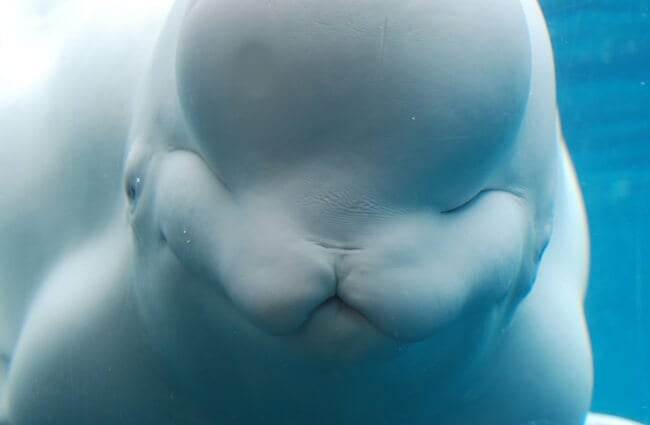

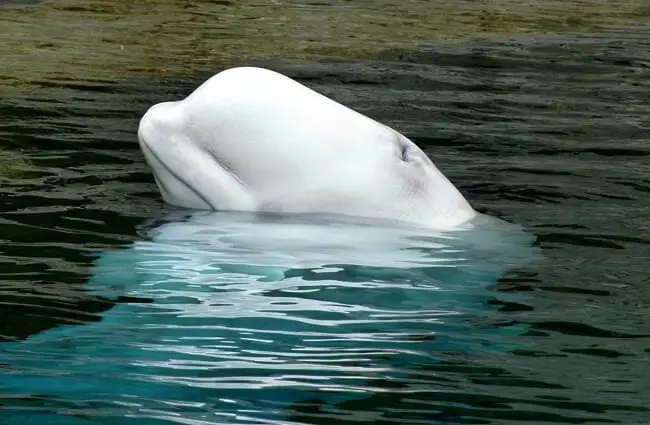
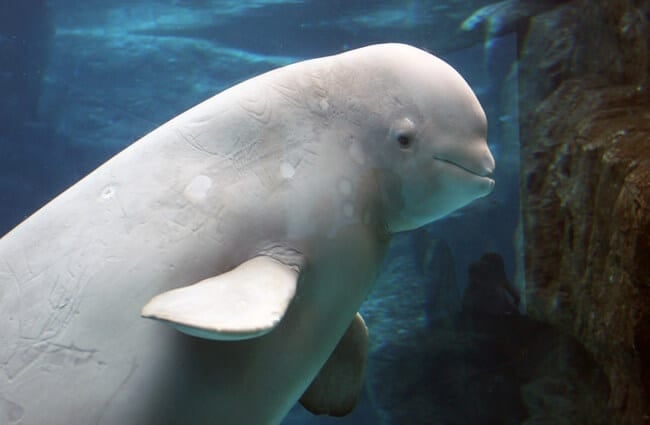
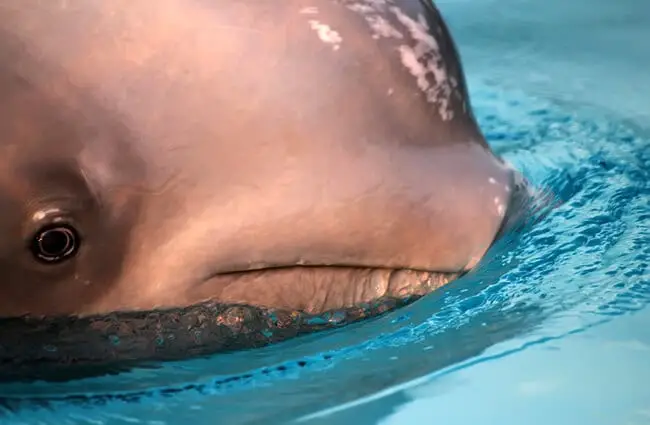
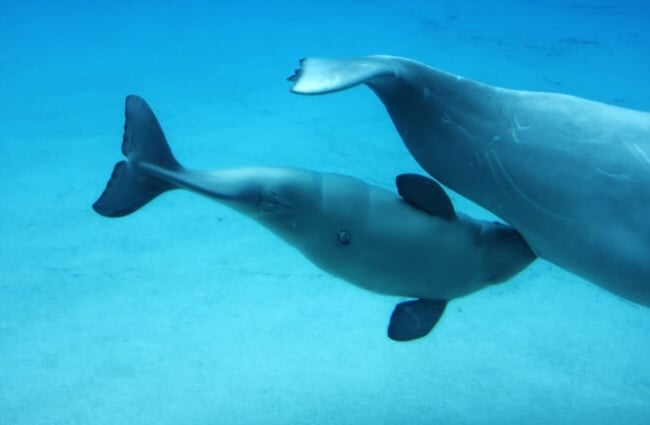




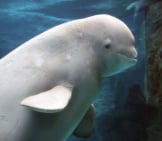



![Red Angus Closeup of a beautiful Red Angus cowPhoto by: U.S. Department of Agriculture [pubic domain]https://creativecommons.org/licenses/by/2.0/](https://animals.net/wp-content/uploads/2020/03/Red-Angus-4-238x178.jpg)


![Red Angus Closeup of a beautiful Red Angus cowPhoto by: U.S. Department of Agriculture [pubic domain]https://creativecommons.org/licenses/by/2.0/](https://animals.net/wp-content/uploads/2020/03/Red-Angus-4-100x75.jpg)

